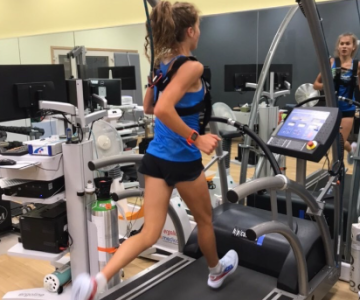Next time you’re shopping for new running shoes, it’s essential to understand your foot strike pattern to ensure you’re choosing the right pair. A recent study published in the Journal of Athletic Training reveals that many runners, especially those who wear minimalist shoes, struggle to accurately identify their foot strike patterns.
While resources like the Runner’s World Best Shoe Awards can be useful, they only help if you correctly identify your foot strike. If you’re uncertain about your pattern, seeking expert advice is a smart move to avoid selecting shoes that could increase your injury risk.
In a study involving 60 healthy runners who ran at least 20 kilometers a week and had at least six months of experience wearing either traditional or minimalist shoes, researchers found some surprising results. For this study, minimalist shoes were defined as those with very flexible soles, minimal support features, and a heel-to-forefoot drop of four millimeters or less.
The findings showed that more than 90% of the runners who wore traditional shoes correctly identified their foot strike pattern, with all of them being heel strikers. However, among those who wore minimalist shoes, only 57.5% could accurately identify their foot strike.
An interesting note is that 28% of runners initially volunteered for the study but were excluded because they identified as Chi or Pose runners. These participants were analyzed separately since their intentional adjustments to their running form could have skewed the results.
Participants were asked to classify themselves as either anterior foot strikers (those who don’t heel strike) or rear foot strikers. Then, each runner was observed running on a treadmill for five minutes to determine their actual foot strike pattern.
Runners who wore traditional shoes almost always correctly identified themselves as heel strikers. However, of the 40 runners wearing minimalist shoes, many incorrectly believed they were anterior-foot strikers. In fact, 17 of them, or 42.5%, were mistaken, putting them at a higher risk for potential injury due to incorrect ground reaction forces during running.
This study reinforces earlier research showing that switching to minimalist shoes doesn’t automatically lead to an anterior foot strike pattern, highlighting the importance of understanding your unique running style.





